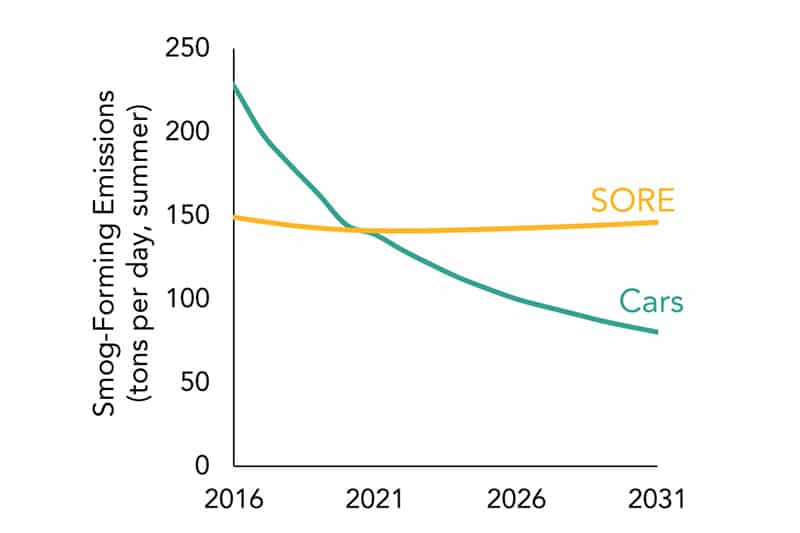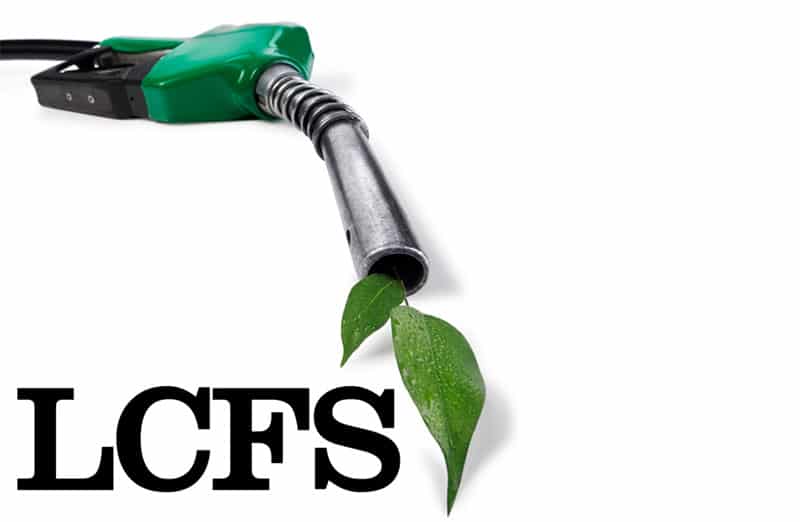Regulatory Background
The following background is provided by DieselNET:
The nonroad standards cover mobile nonroad diesel engines of all sizes used in a wide range of construction, agricultural and industrial equipment. The EPA definition of the nonroad engine is based on the principle of mobility/portability, and includes engines installed on (1) self-propelled equipment, (2) on equipment that is propelled while performing its function, or (3) on equipment that is portable or transportable, as indicated by the presence of wheels, skids, carrying handles, dolly, trailer, or platform [40 CFR 1068.30]. In other words, nonroad engines are all internal combustion engines except motor vehicle (highway) engines, stationary engines (or engines that remain at one location for more than 12 months), engines used solely for competition, or engines used in aircraft.
Effective May 14, 2003, the definition of nonroad engines was changed to also include all diesel powered engines—including stationary ones—used in agricultural operations in California. This change applies only to engines sold in the state of California; stationary engines sold in other states are not classified as nonroad engines.
The nonroad diesel emission regulations are not applicable to all nonroad diesel engines. Exempted are the following nonroad engine categories:
- Engines used in railway locomotives; those are subject to separate EPA regulations.
- Engines used in marine vessels, also covered by separate EPA regulations. Marine engines below 37 kW (50 hp) are subject to Tier 1-2—but not Tier 4—nonroad standards. Certain marine engines that are exempted from marine standards may be subject to nonroad regulations.
- Engines used in underground mining equipment. Diesel emissions and air quality in mines are regulated by the Mine Safety and Health Administration (MSHA).
- Hobby engines (below 50 cm3 per cylinder)
Examples of regulated applications include farm tractors, excavators, bulldozers, wheel loaders, backhoe loaders, road graders, diesel lawn tractors, logging equipment, portable generators, skid steer loaders, or forklifts.
Regulatory Analysis
Our team at ECO has compiled the following list of key certification topics. Please review and contact ECO staff with any questions. Our team provides turnkey certification services, as well as compliance auditing functions which you may find helpful.
Tier 4 interim:
Key Topics:
- Presently engines <56 kW remain subject to larger Tier 4i NOx standards
- Phase in of transient testing for engines < 37 kW (§1039.102(a))
- Phase in of NTE standards for engines < 37 kW (§1039.102(g))
Tier 4 final:
Key Topics:
- Developing deterioration factors for engines with aftertreatment (§1039.245)
- Adjustment factors for DPF regeneration (§1042.525)
- Emissions threshold vs. tampering inducements (§1039.115)
- Methodology for NTE evaluation by design of experiments
- Properly identifying worst case configurations for each criteria pollutant
- Adjustable parameters and DEF quality
- AECD auditing
- In use testing (§1039.401)
- Non-regulated toxins


